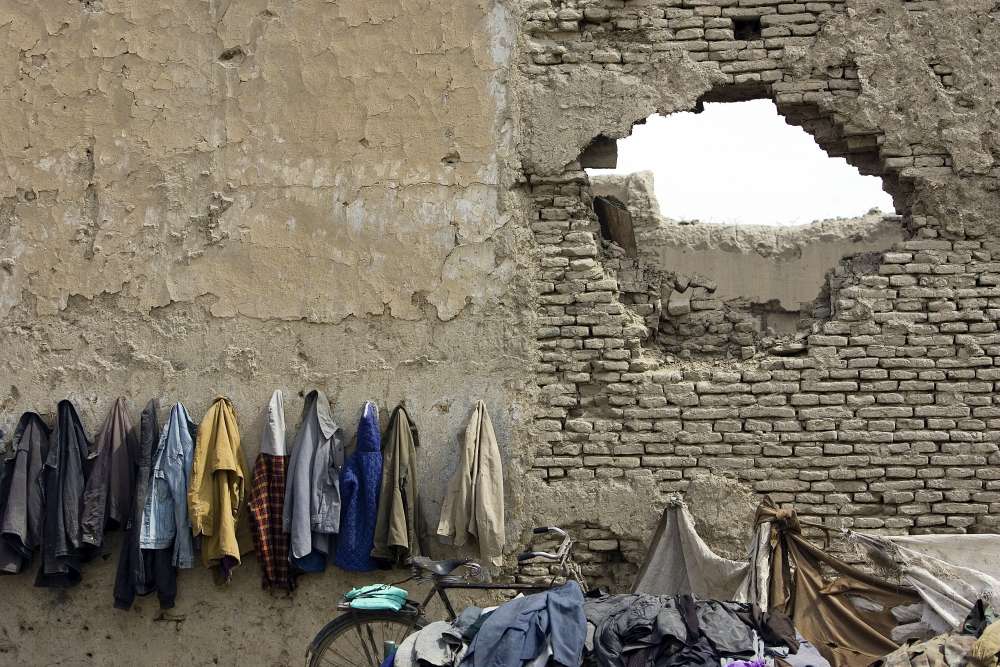Stabilization: Doctrine, Organization and Practice

Executive Summary
“Fragile” states continue to figure as one of the most significant challenges to the maintenance and promotion of peace and security worldwide. Stabilization, whether defined as the broad promotion of stability, or more narrowly as the management of acute, occasionally chronic conditions of emergency (crises), remains an important part of global peacebuilding and security governance. The present study analyzes relevant international experiences with the aim to develop policy options for Germany, mainly in four case studies of the UK, Canada, the US and the Netherlands.
Basic Concepts: Fragility, Stability and Stabilization
While there are major terminological differences in the understanding of stability, the concept of stabilization rests on a broadly shared foundation. Relating to situations of extreme fragility and acute crises, stabilization describes an urgent effort to prevent and overcome emergency situations of extreme political volatility and large-scale organized violence. Such emergencies may remain acute for many years (as in Afghanistan and the Democratic Republic of the Congo).
During a crisis, there is a breakdown of the political mechanisms through which competing claims to power are balanced, and disputed issues are negotiated between competing political actors. Stabilization seeks to return the situation from an urgent crisis to a “normal” level of fragility. Correspondingly, stabilization only describes one part of the inter-agency engagement in fragile states. Conditions of fragility exist in many places and are addressed with a range of tools, such as capacity development, peacebuilding, conflict prevention and conflict transformation. Stabilization is undertaken, whether preventively or reactively, in exceptional cases only. Taking academic scholarship and civil society’s legitimate criticism of the concept seriously, this comparatively modest definition of stabilization is the only viable approach.
The Misunderstanding of Short-Termism: Act Quickly But Keep Going!
The pressure to act in a crisis is usually (if not always) genuine: local expectations are high, the risk of escalation is substantial, and the media and political dynamics further intensify the situation. This pressure to act demands rapid entry into visible on-the-ground engagement, combined with careful and modest communication, in particular with regard to the expectations of local populations. In contrast to the rapid start, quick but inadequate results may do more harm than good – a problem that calls for careful case-by-case considerations in light of the do no harm principle. A call for rapid action must not be misunderstood as a call for purely short-term funds or programs: the opposite is true. Long-term crises remain acute for years and require a mix of short‑, medium- and long-term stabilization tools.
Stabilization as a High-Risk Investment
Every stabilization effort must be considered a high-risk investment. The risk of failure is high; at the level of individual projects, often higher than the probability of success. Conversely, there are risks in non-intervention: the escalation of violence and the progressive (self-)destruction of a society over years and decades. These considerations must be weighed in individual cases. In some cases, stabilization efforts will or must be undertaken. Preparation and implementation of stabilization efforts must be modest. We know more about what does not work in particular situations than which elements of a particular success can be generalized. Several basic assumptions have been disproved by reality: in the short- and medium-term, development alone does not create security at the crucial local level, whereas an improvement in a population’s security does appear to create the potential for socio-economic development. Stabilization is therefore, above all, a learning process.
The State of Emergency in Bilateral Relationships
In practice, stabilization implies the suspension of the usual limits of state sovereignty through a special kind of international intervention in the local political order. This intervention is often based on an agreement with local government seeking to benefit from it. How to handle this state of emergency in bilateral relations (and the relationship between multilateral organizations and state and societal representatives) is part of the intervention: it can and must be calibrated flexibly and negotiated with local political elites. The familiar principles of normal bilateral relations must not impose blinders in this regard.
What Does Stabilization Require on the Part of the German Government?
The ambition to stabilize a country comes with a practical acceptance of shared responsibility for that state. Beyond intensifying all aspects of normal relations, a stabilization effort requires a “toolkit” of tailored instruments, such as contributions to the design and implementation of integrated civil-military peace operations, or bilateral activities to influence political dynamics in the short term. Political attention and effective inter-agency infrastructure is required to continuously improve these tools at all levels, requiring financial and personnel resources. Stabilization is much more expensive than conducting normal bilateral relations.
Concrete requirements include, in particular, a substantial increase in the capacity for ongoing political analysis and improved capabilities for inter-agency contingency planning; political communication; the further development of rapidly effective and reliable stabilization activities; the flexible deployment and better integration of personnel across staff categories and institutions; and continuous development of all other instruments (partly through better monitoring and evaluation). The last chapter presents policy options on these and related issues, such as defining stabilization, strategic management, inter-agency coordination and the requirements for financial resources.
The full report is available for download.
…







